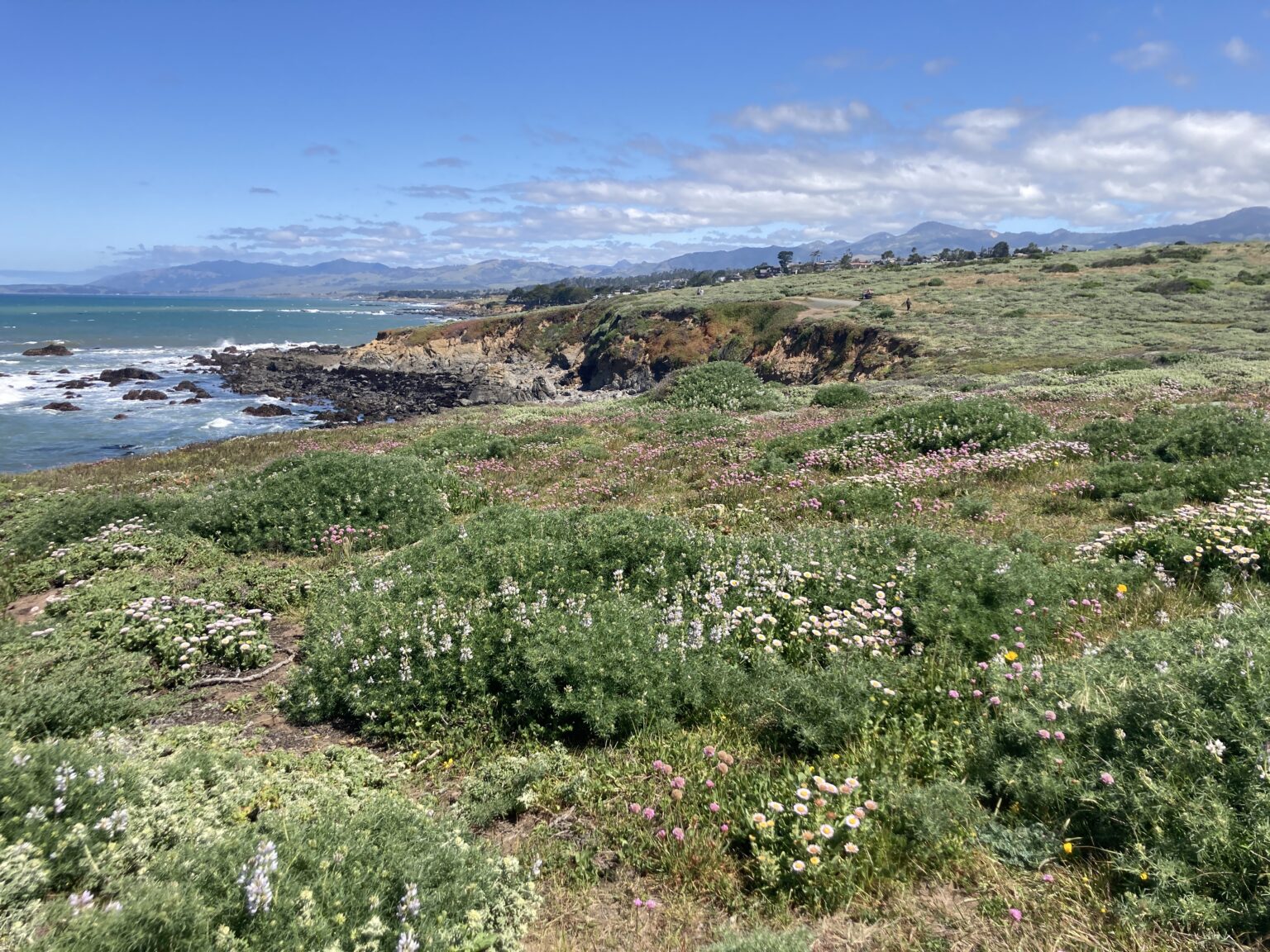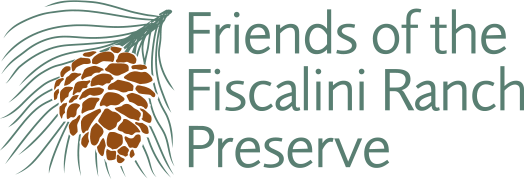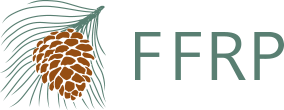2023.08.23 | The Importance of Controlling Non-Native Species

From time to time, I am asked why Friends of the Fiscalini Ranch Preserve (FFRP) puts so much effort into managing invasive species. Last year alone, volunteers devoted 2080 hours (the equivalent of a person working 40 hours a week, 52 weeks a year) to controlling plants that are not native to the Ranch. Each year Cambria Community Services District spends weeks clearing firebreaks around the property. Yet, some people ask that since it is impossible to eliminate exotic species, why should we even try? Times change and we should just adapt, they say.
Two recent devastating fires, the Lahaina Fire in Hawaii, and the York Fire in the Mojave National Preserve demonstrate a principal reason to control invasive species. These tragic fires were made much worse by the presence of exotic vegetation that grows quickly, lives only a brief season, and is adapted to regular burning.
In the Mojave, a spreading understory of European, Asian, and African cheatgrass (Bromus tectorum), red brome (Bromus madritensis), and Sahara mustard (Brassica tournefortii) was left behind by grazing animals. These exotics grew lushly with the winter rains and became a heavy fuel load once they dried out. The desert landscape is not adapted to the intensity of the fires these grasses feed with their unchecked growth, leading to the death and perhaps local extinction of Joshua trees (Yucca brevifolia) across the 93,000 acres damaged by the York Fire.
In Lahaina, high winds pushed fire through abandoned agricultural land adjacent to the town. In areas where native vegetation once flourished, sugar cane and pineapple were grown, but now, with these fields uncultivated, African grasses dominate, including guinea grass (Megathyrsus maximus), molasses grass (Melinis minutiflora), and buffel grass (Cenchrus ciliaris). These grasses burned with stunning speed, reportedly spreading the fire front up to one mile per minute. For comparison, it is around 3.6 miles from Leffingwell Landing to Lampton Cliffs Park. The speed of the Lahaina Fire made it extraordinarily deadly.
Vegetation is not the only risk factor for wildfire but unlike wind speed and daily temperature, it is a factor humans can influence directly. FFRP’s efforts are aimed at restoring Fiscalini Ranch Preserve to its pre-ranch conditions. With decades of hard work, progress has been dramatic, especially along the bluffs where native shrubs now dominate, winning the fight against black mustard (Brassica nigra), South African ice plants, and a host of thistles. There are still decades of work ahead, but another reason to control invasive plant species inspires us: only native plants can fully support our native animals.
Article first published in https://cambriaca.org/


